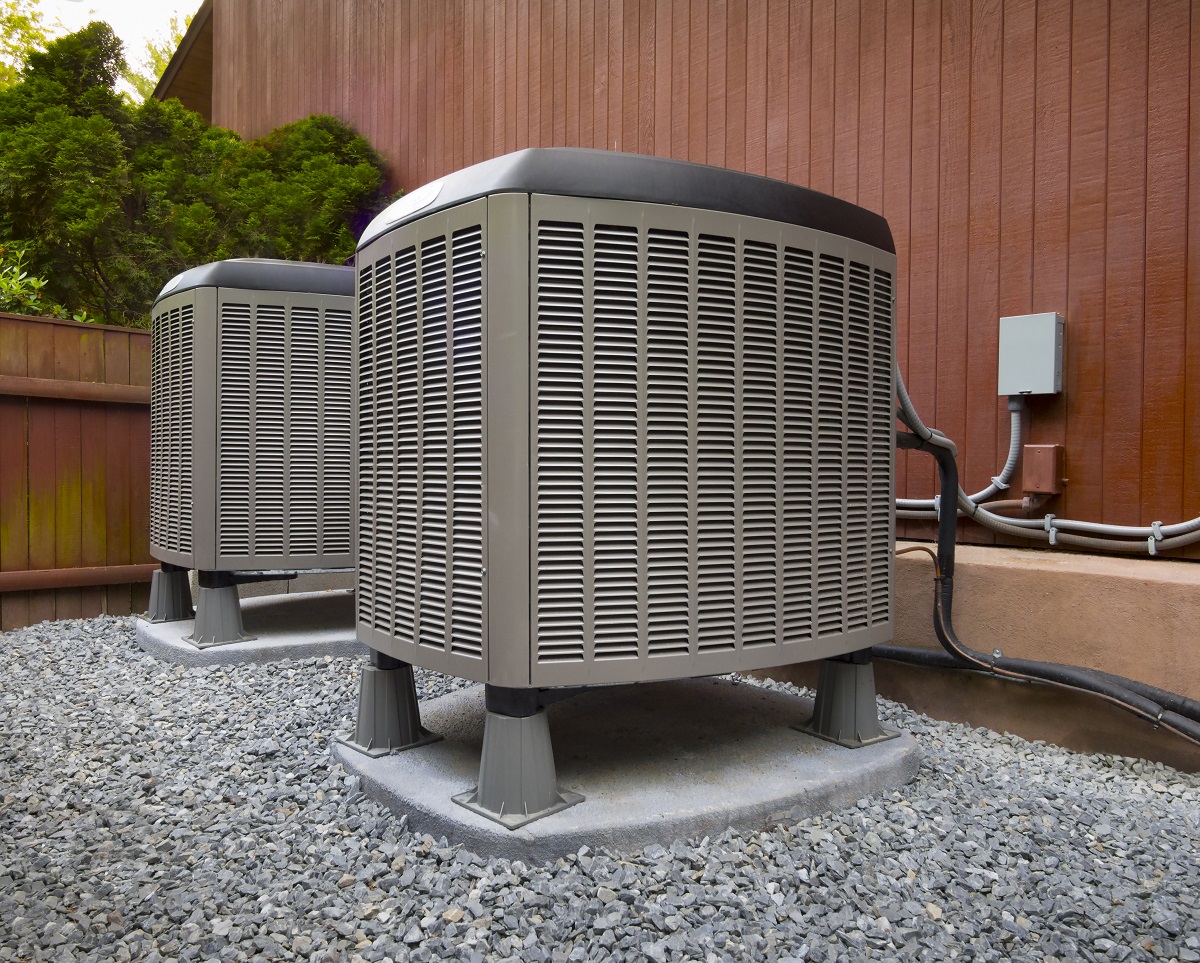

Articles
What Does Central AC Mean
Modified: January 19, 2024
Discover what central AC means in this informative article. Learn about the benefits and features of central air conditioning systems.
(Many of the links in this article redirect to a specific reviewed product. Your purchase of these products through affiliate links helps to generate commission for Storables.com, at no extra cost. Learn more)
What Does Central AC Mean
When it comes to keeping our homes cool and comfortable during the scorching summer months, many of us rely on central air conditioning (AC) systems. But what exactly does central AC mean? In simple terms, central AC refers to a cooling system that is designed to cool an entire home or building, as opposed to window units or portable AC units that cool only a small area. Let’s take a closer look at what central AC is all about and how it works.
Key Takeaways:
- Central AC refers to a cooling system designed to cool entire buildings, offering efficient and uniform cooling. It consists of key components like the compressor unit, evaporator coil, and air handler, providing reliable and customizable cooling solutions.
- When choosing and maintaining a central AC system, factors such as cooling load calculation, energy efficiency, and professional installation should be considered. Regular maintenance, including filter cleaning, outdoor unit cleaning, and ductwork inspection, is crucial for optimal performance and longevity.
Read more: What Does Auto Mean On AC
Introduction
As the temperature rises, having a reliable and efficient cooling system becomes essential for maintaining a comfortable living environment. This is where central air conditioning (AC) comes into play. Central AC is a popular cooling solution for homes and buildings, providing consistent and effective cooling throughout the entire space. Unlike individual window units or portable ACs, central AC is designed to cool large areas, making it a convenient and practical choice for many households.
In this article, we will explore the key components of central AC systems, how they work, and the pros and cons associated with them. We will also provide valuable tips for choosing the right central AC system for your home and maintaining it to ensure optimal performance and longevity.
Whether you’re considering installing central AC or simply looking to understand how it operates, this article will provide you with a comprehensive overview of what central AC means and why it has become such a ubiquitous cooling solution for homes and buildings.
Definition of Central AC
Central air conditioning, often referred to as HVAC (Heating, Ventilation, and Air Conditioning) systems, is a cooling system that is designed to regulate the temperature and humidity of an entire building or home. Unlike individual cooling units, central AC works by distributing conditioned air through a network of ducts and vents, delivering cool air to each room or area.
The central AC system consists of three main components: the compressor unit, the evaporator coil, and the air handler. The compressor unit is located outside the building and is responsible for compressing and cooling the refrigerant. The evaporator coil is situated inside the building and acts as a heat exchanger, absorbing heat from the indoor air and cooling it. The air handler, typically located inside a utility closet or basement, circulates the conditioned air throughout the building using a system of ducts and vents.
Central AC systems are typically controlled by a thermostat, allowing users to set the desired temperature and customize cooling preferences. These systems also often come equipped with features such as programmable timers and energy-saving modes, allowing for efficient and cost-effective cooling.
It’s important to note that central AC is different from window units or portable AC units. While window units are self-contained and can only cool a limited area, central AC can cool an entire building or home, providing consistent and uniform cooling throughout.
Overall, central AC offers a convenient and effective solution for cooling larger spaces, making it a popular choice among homeowners and businesses alike. Its ability to regulate the temperature and humidity of an entire building, coupled with its energy efficiency and customizable features, makes it a reliable and efficient cooling option.
Components of Central AC
A central air conditioning (AC) system consists of several key components that work together to provide efficient cooling throughout a building or home. Understanding these components will help you better grasp how central AC operates and how to maintain it effectively.
1. Compressor Unit: The compressor unit is the outdoor component of the central AC system. It houses the compressor, condenser coil, and fan. The compressor is responsible for compressing and circulating the refrigerant, while the condenser coil helps dissipate heat from the refrigerant. The fan helps draw air over the condenser coil, facilitating the cooling process.
2. Evaporator Coil: The evaporator coil is located inside the building, usually in the furnace or air handler. It acts as a heat exchanger, absorbing heat from the indoor air and cooling it. The refrigerant within the coil evaporates, absorbing heat in the process and transforming from a liquid to a gas state.
3. Air Handler: The air handler distributes the conditioned air throughout the building. It consists of a fan, a blower motor, and the evaporator coil. The fan draws air from the return ducts, passes it over the evaporator coil for cooling, and then circulates it through the supply ducts to each room.
4. Ductwork: Ductwork is a network of insulated tubes that transport cooled air from the air handler to different areas of the building. Properly designed and sealed ductwork ensures efficient airflow and prevents air leakage, maximizing the cooling capacity of the system.
5. Thermostat: The thermostat acts as the control center for the central AC system, allowing users to set the desired temperature and cooling preferences. It communicates with the system to turn it on or off and regulates the temperature automatically based on the settings.
6. Refrigerant: Refrigerant is a chemical substance that circulates through the central AC system, absorbing heat from the indoor air and releasing it outside. Commonly used refrigerants include R-410A and R-22, with R-410A being more environmentally friendly due to its lower ozone depletion potential.
These components work in harmony to provide efficient and effective cooling throughout the entire building. Regular maintenance and proper care of these components are essential to keep the central AC system running smoothly and to extend its lifespan.
How Does Central AC Work?
Central air conditioning (AC) systems work by utilizing a refrigeration cycle to remove heat from indoor air and expel it outside, resulting in cool and comfortable indoor temperatures. Understanding the basic principles of how central AC works can help you appreciate its functionality and make informed decisions when it comes to maintenance and usage.
The process begins with the compressor unit, located outside the building. The compressor circulates refrigerant (commonly R-410A or R-22) in a closed loop. The refrigerant starts as a low-pressure gas and is compressed by the compressor, transforming it into a high-pressure, high-temperature gas.
The hot gas then flows into the condenser coil, another component of the outdoor unit. The condenser coil contains a series of fins and tubes that facilitate heat transfer. As the refrigerant flows through the condenser coil, it releases heat to the surrounding outdoor air, causing the refrigerant to undergo a phase change from a gas to a high-pressure liquid.
The high-pressure liquid refrigerant then moves into the evaporator coil, located inside the building. The evaporator coil is connected to the air handler, which contains a blower fan. The blower fan draws warm indoor air over the chilled evaporator coil, causing the refrigerant to absorb heat from the air. As the heat is removed, the air is cooled, and it is then distributed back into the rooms through the supply ducts.
Meanwhile, the refrigerant, now in a low-pressure liquid state, undergoes a phase change as it absorbs heat from the indoor air. It evaporates back into a low-pressure gas, and the process repeats as the refrigerant cycles back to the outdoor unit.
The cycle continues until the desired indoor temperature is achieved, as regulated by the thermostat. The thermostat senses the temperature and signals the central AC system to turn on or off accordingly, maintaining consistent comfort levels throughout the building.
In addition to cooling the air, central AC systems also remove humidity from the indoor air. As warm air passes over the evaporator coil, moisture condenses on the coil surface, reducing the humidity levels inside the building.
Overall, central AC systems use the principles of refrigeration to remove heat from indoor air, providing cool and comfortable temperatures. Regular maintenance, such as cleaning or replacing air filters, checking refrigerant levels, and ensuring proper airflow, is crucial for the system’s optimal performance and energy efficiency.
Read more: How Does Central AC Work
Pros and Cons of Central AC
Central air conditioning (AC) systems offer numerous benefits and conveniences, but they also come with a few drawbacks. Understanding the pros and cons can help you make an informed decision about whether central AC is the right cooling solution for your home or building.
Pros of Central AC:
- Efficient Cooling: Central AC systems are designed to cool large areas consistently and efficiently, providing even temperature distribution throughout the building.
- Convenience: With central AC, you can cool every room in your home or building with just one system. You don’t need to install individual window units or portable ACs in multiple rooms.
- Less Noise: Central AC units are typically quieter than window or portable units since the compressor and condenser are located outside the building, minimizing noise inside.
- Improved Indoor Air Quality: Central AC systems often include air filtration components that help remove dust, allergens, and pollutants from the indoor air, resulting in cleaner and healthier air quality.
- Increased Property Value: Homes or buildings with central AC systems tend to have higher property values and appeal to potential buyers or tenants who prioritize comfort and convenience.
Cons of Central AC:
- Higher Installation Cost: Central AC systems require professional installation, which can be more expensive compared to installing individual window units or portable ACs.
- Higher Energy Consumption: Central AC systems can consume more energy since they cool larger areas. However, advancements in technology have led to the development of more energy-efficient central AC systems.
- Ductwork Requirements: Central AC relies on a network of ducts to distribute cooled air, so homes or buildings without existing ductwork may require additional installation, which can be costly.
- Maintenance and Repairs: Central AC systems require regular maintenance, such as filter replacements and duct cleaning, to ensure optimal performance. Repairs can also be more complex and costly compared to individual cooling units.
- Uniform Cooling: Central AC may not provide individual temperature control in each room, leading to some areas being cooler or warmer than others. However, zoning systems can be installed to address this issue.
Each home or building has its unique cooling requirements, budget constraints, and preferences. Considering the pros and cons of central AC can help you determine if it is the right choice for your specific needs, ensuring you achieve comfort and efficiency throughout the warmer months.
Central AC refers to a system that uses ducts to distribute cooled air throughout a building. It is a more efficient and effective way to cool a space compared to window units or portable ACs. Regular maintenance is key to keeping it running smoothly.
Tips for Choosing and Maintaining Central AC
Choosing and maintaining a central air conditioning (AC) system requires careful consideration and proper upkeep to ensure optimal performance and longevity. Here are some valuable tips to help you select the right central AC system for your needs and maintain it effectively.
Read more: What Does High Head Pressure Mean In HVAC
Choosing a Central AC System:
- Calculate Cooling Load: Determine the cooling load of your home or building by considering factors such as square footage, insulation, ceiling height, and number of occupants. This will help you choose an appropriately sized central AC system.
- Energy Efficiency: Look for central AC systems with high SEER (Seasonal Energy Efficiency Ratio) ratings. Higher SEER ratings indicate better energy efficiency and lower operating costs.
- Budget Considerations: Balance your cooling needs with your budget. While more advanced features and higher capacity systems may provide enhanced comfort, they can also increase upfront costs.
- Professional Installation: Hire a licensed HVAC professional for the installation to ensure proper sizing, ductwork installation, and system integration. Professional installation can optimize performance and prevent future issues.
- Warranty and Service: Consider the warranty offered by the manufacturer and inquire about ongoing service and maintenance options. A comprehensive warranty and reliable service can provide added peace of mind.
Maintaining a Central AC System:
- Regular Filter Cleaning/Replacement: Clean or replace air filters every 1 to 3 months, or as recommended by the manufacturer. Clogged filters not only reduce cooling efficiency but can also negatively impact indoor air quality.
- Clean Outdoor Unit: Regularly inspect and clean the outdoor unit to remove dirt, debris, and vegetation that can obstruct airflow. Ensure there is at least 2 feet of clearance around the unit for proper ventilation.
- Inspect and Seal Ductwork: Periodically inspect the ductwork for leaks, loose connections, or obstructions. Seal any gaps or leaks with appropriate duct tape or mastic sealant to maximize cooling efficiency.
- Trim Surrounding Vegetation: Keep the area around the outdoor unit clear of vegetation to prevent obstruction and maintain proper airflow. Trim any overhanging branches or shrubs that could interfere with the unit’s performance.
- Schedule Professional Maintenance: Arrange annual maintenance visits with a qualified HVAC technician. They can inspect the system, check refrigerant levels, clean coils, lubricate moving parts, and identify potential issues before they become major problems.
Following these tips can extend the lifespan of your central AC system, optimize its efficiency, and ensure a comfortable and cool environment throughout the hot summer months. By making informed decisions during the selection process and prioritizing regular maintenance, you can maximize the benefits of your central AC system for years to come.
Conclusion
Central air conditioning (AC) has become a popular and effective cooling solution for homes and buildings, providing consistent and comfortable temperatures throughout. In this article, we explored the meaning of central AC and delved into its components and working mechanism.
Central AC systems offer numerous advantages, such as efficient cooling, convenience, improved indoor air quality, and increased property value. However, it is essential to consider the higher installation cost, energy consumption, and maintenance requirements associated with central AC.
When choosing a central AC system, factors such as cooling load calculation, energy efficiency, budget, and professional installation should be carefully considered. Regular maintenance, including filter cleaning or replacement, outdoor unit cleaning, and ductwork inspection, is crucial to keep the central AC system running smoothly and efficiently.
Ultimately, the decision to install and maintain a central AC system depends on individual needs, preferences, and budget. By following these tips and understanding the pros and cons, you can make informed choices and ensure a cool and comfortable living environment during the hot summer months.
Remember, a well-maintained central AC system not only provides comfort but also contributes to the overall health, productivity, and enjoyment of your home or building. Invest in the right system, prioritize regular maintenance, and enjoy the benefits of reliable and efficient cooling for years to come.
Frequently Asked Questions about What Does Central AC Mean
Was this page helpful?
At Storables.com, we guarantee accurate and reliable information. Our content, validated by Expert Board Contributors, is crafted following stringent Editorial Policies. We're committed to providing you with well-researched, expert-backed insights for all your informational needs.






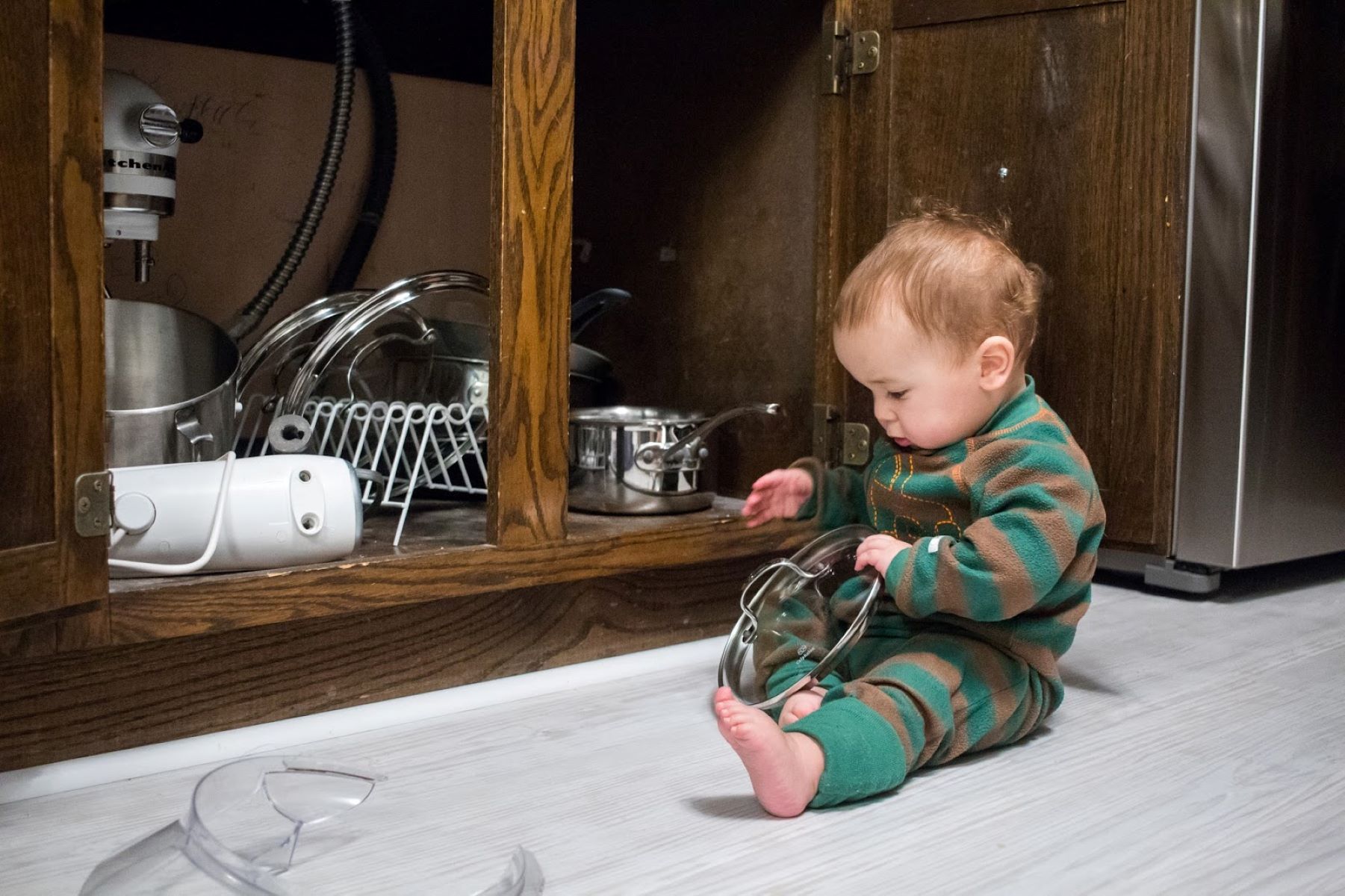
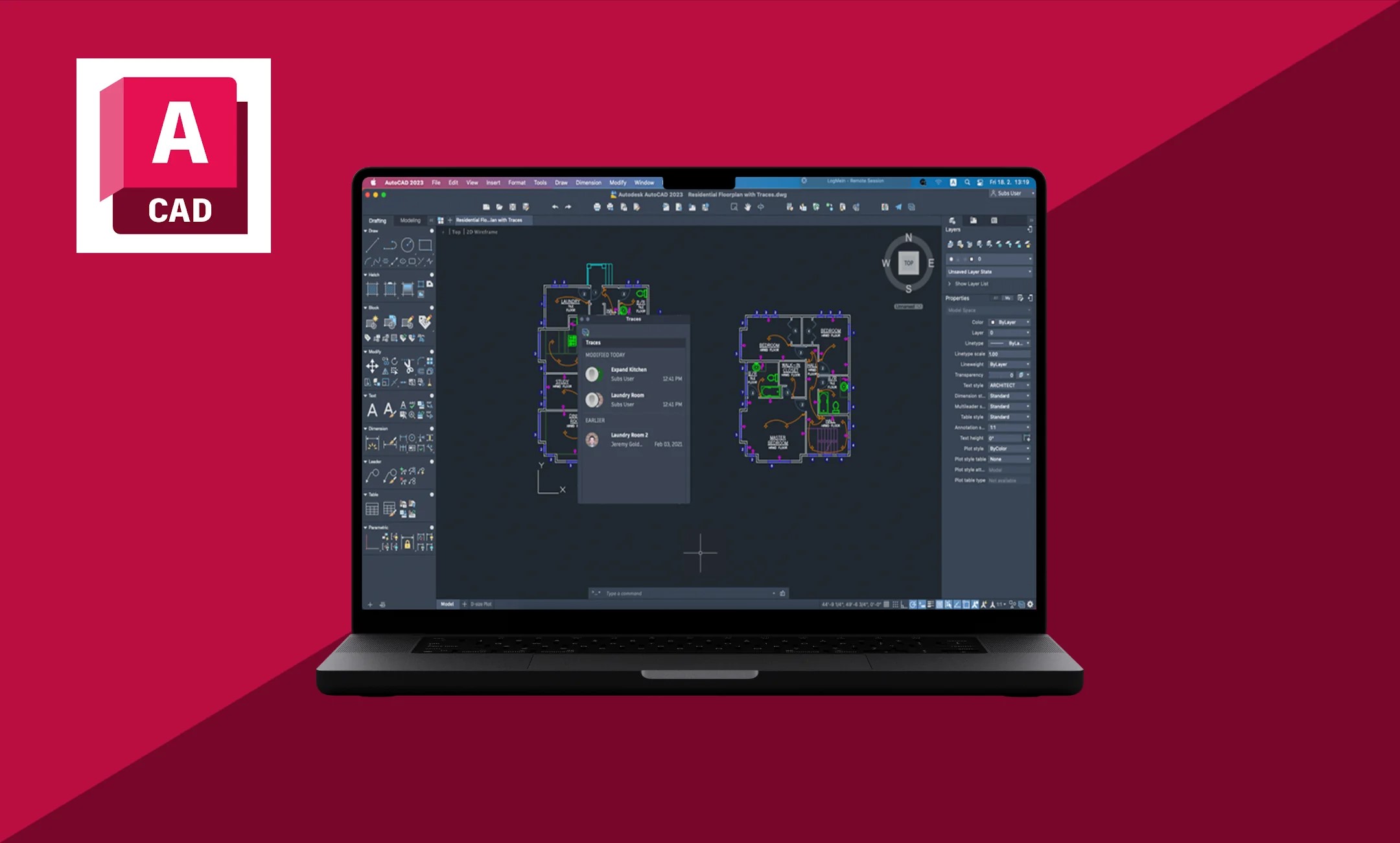
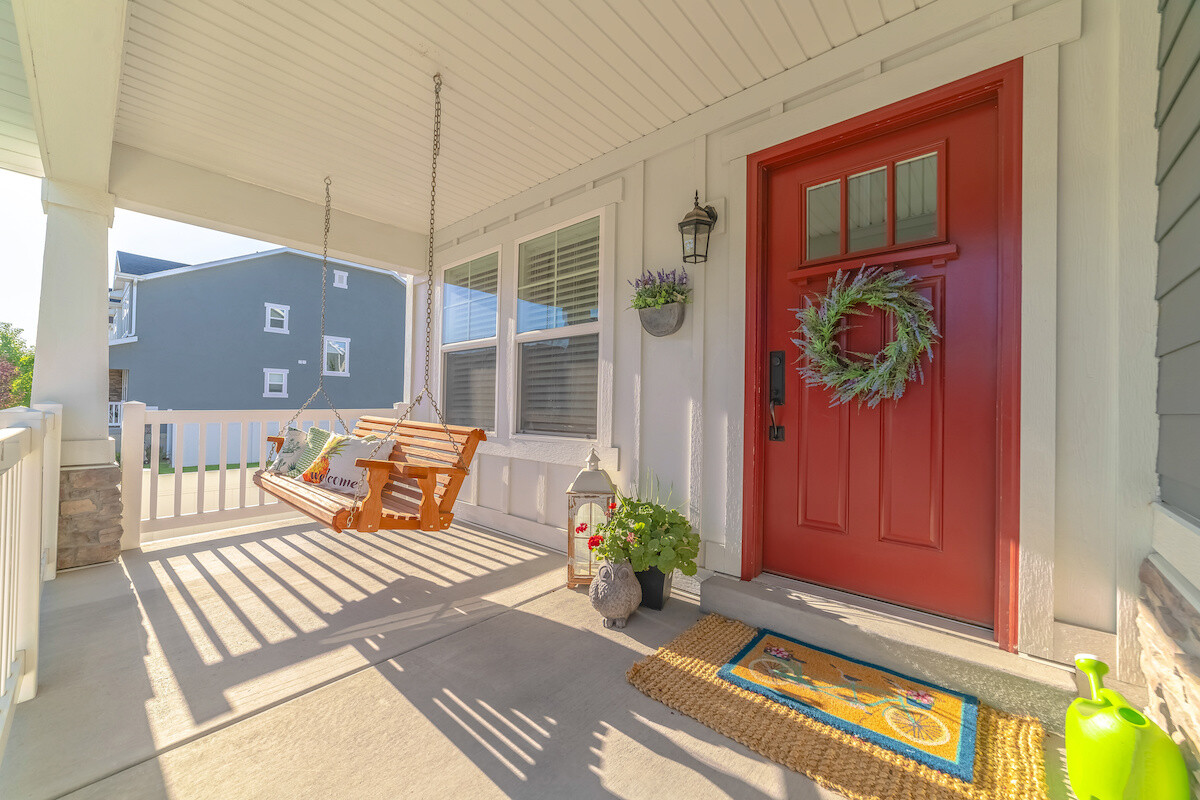


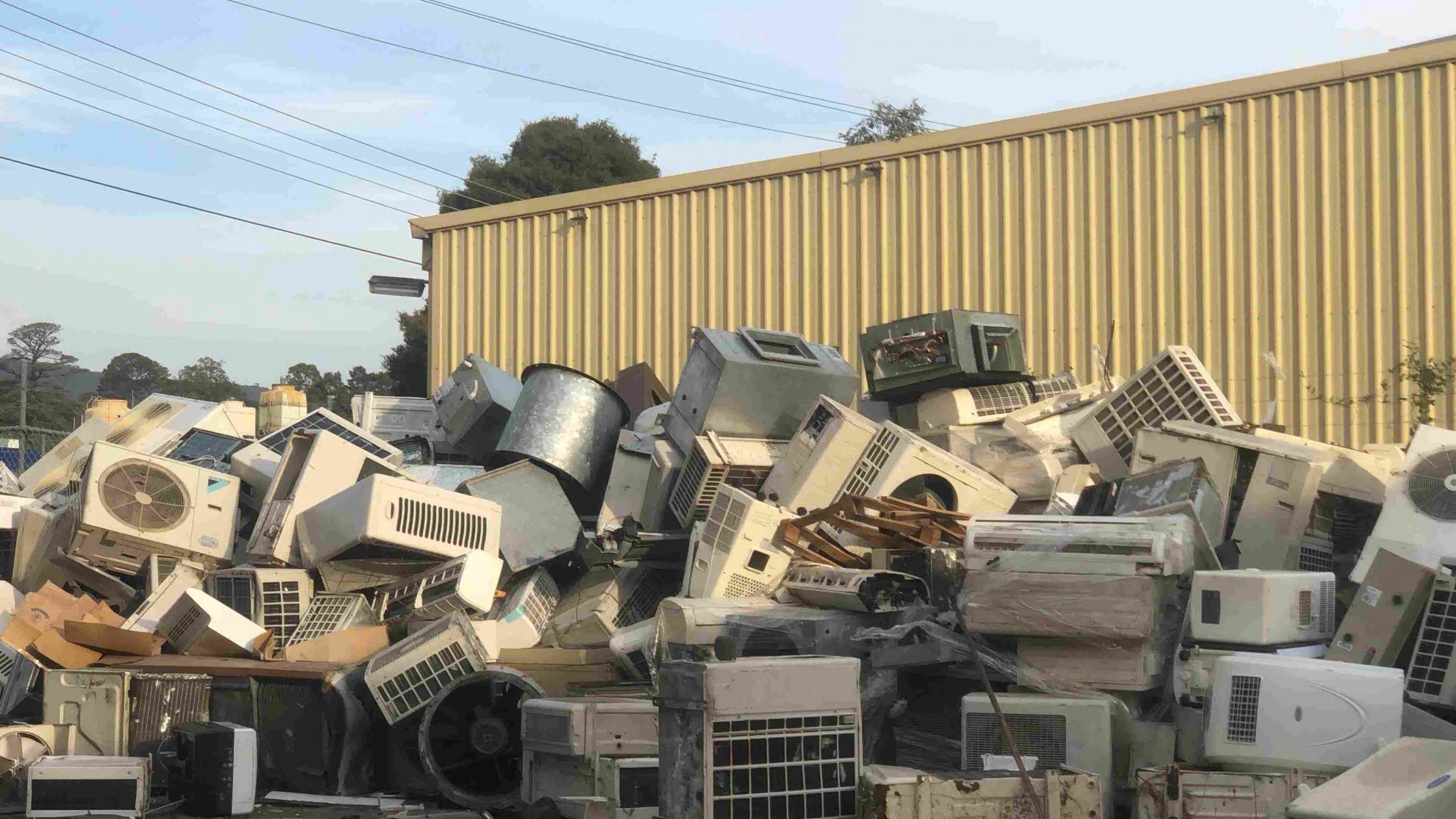
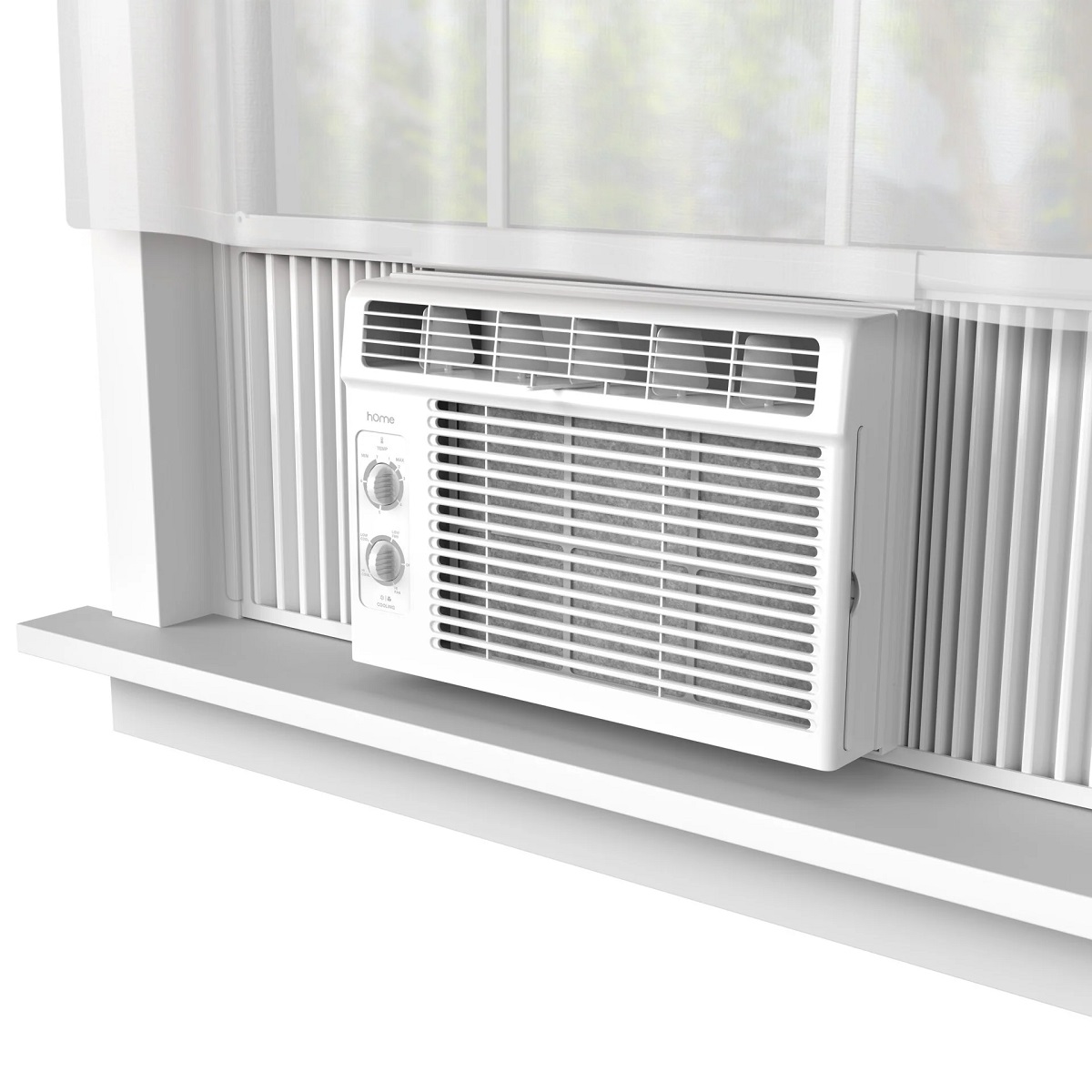

0 thoughts on “What Does Central AC Mean”